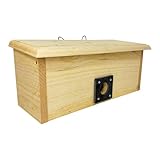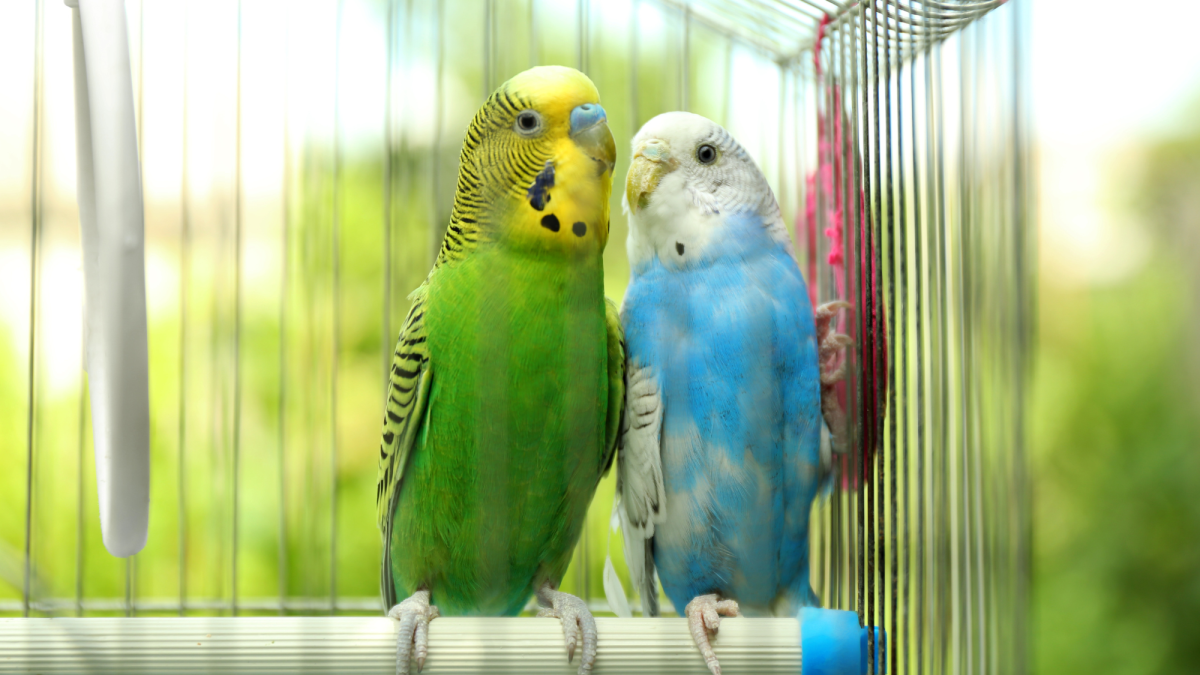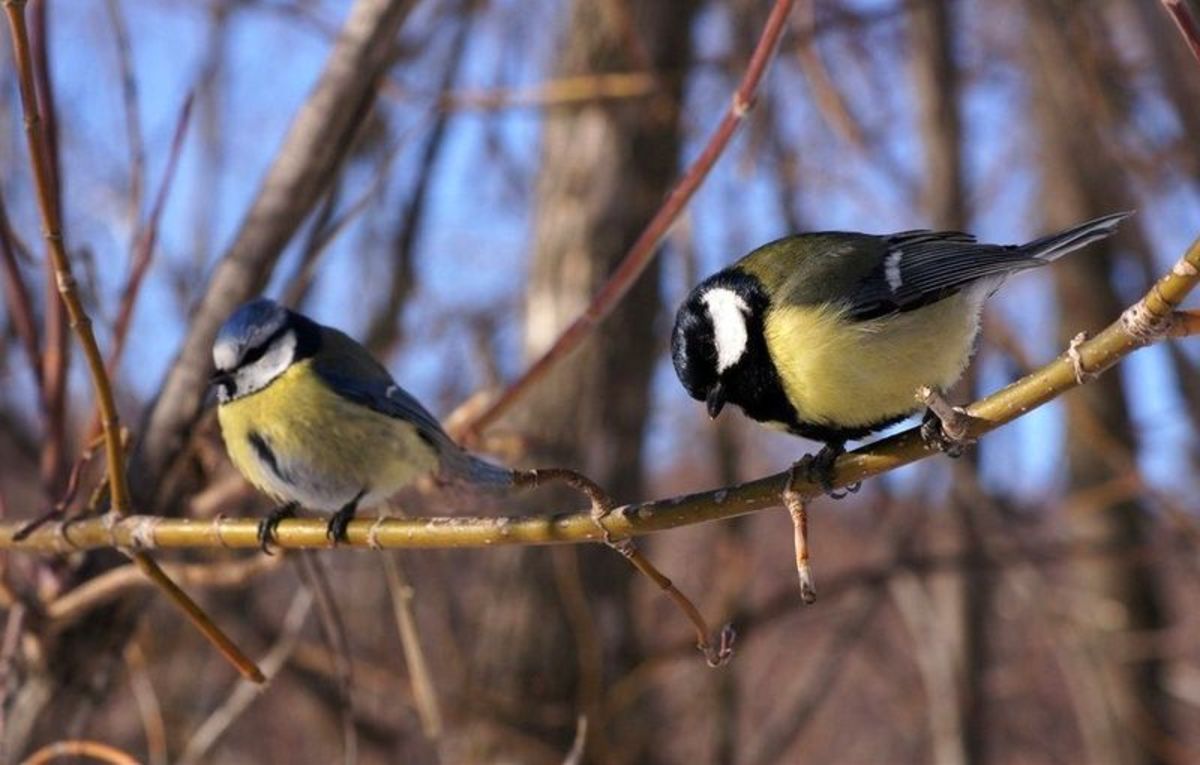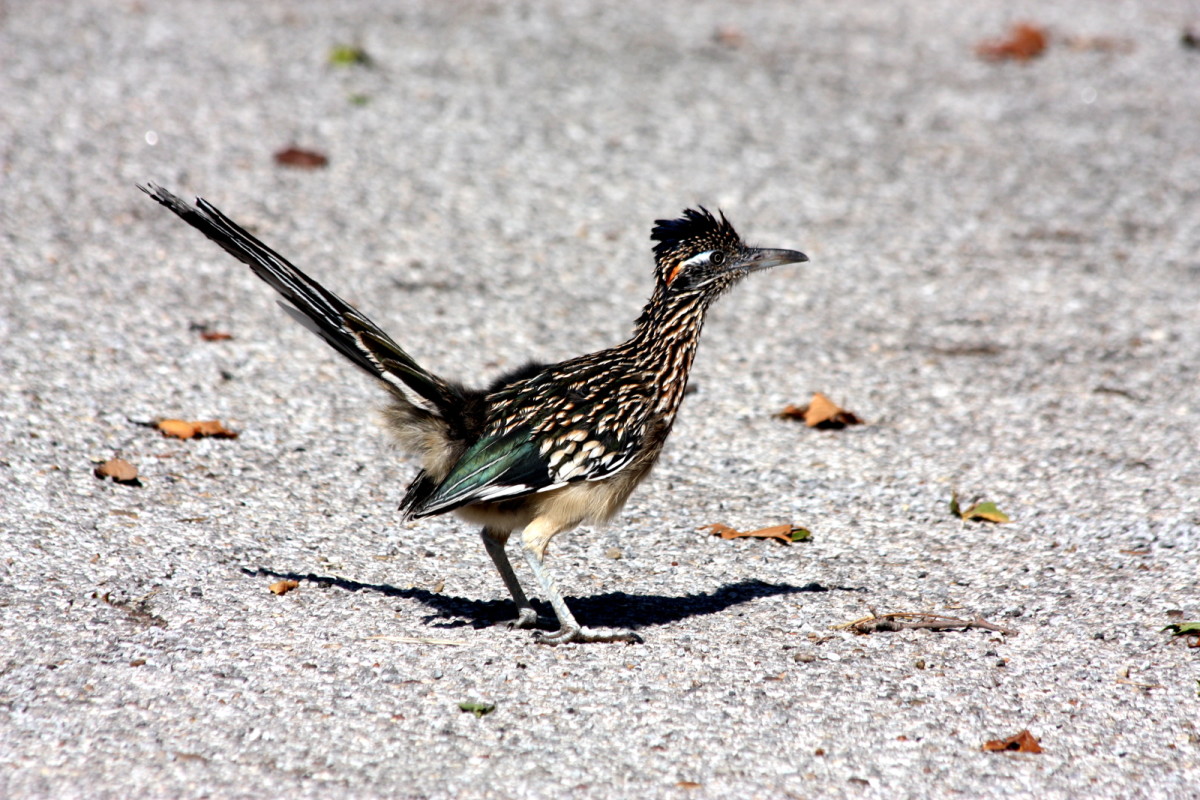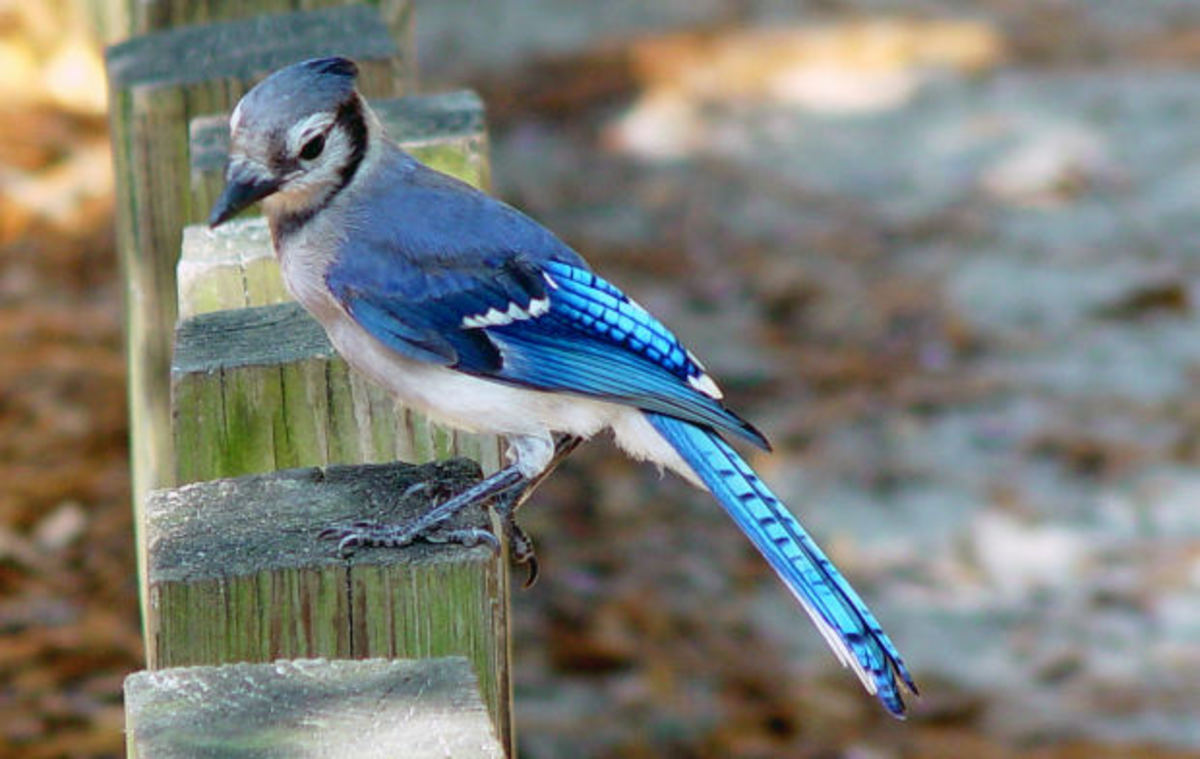Help Our Bird Buddies Get Thru Winter
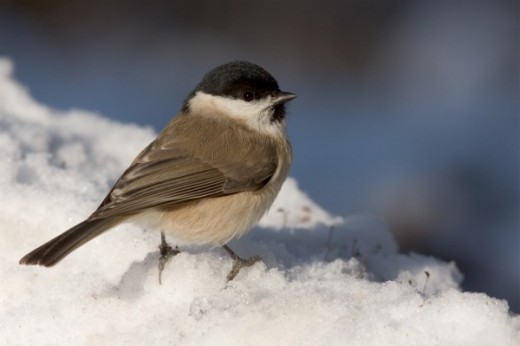
Summer’s over and if you’re living in the northern half of the United States and into Canada you’re probably noticing that many of our backyard birds are getting ready to “snowbird” or head south to warmer climates (don’t we all wish we could fly south for the winter). Though many birds will be moving south, many others will be staying with us and will have to endure the hardships that winter brings.
We all know that birds have been making it through winters for millions of years without us and they will continue to do so, but things have changed. The great plains are no longer an endless sea of grass and wild flowers which would have been filled with seeds and shelter. Large areas of previously forested land have been removed to make room for our cities and sprawling suburbs, so if you’re a bird enthusiast and you’ve been setting your summer yard to attract birds it’s time to think about what we can do to make life a little easier for the guys that will be staying through the winter.
The three basic needs that all birds have for life are food, water, and shelter. These needs become magnified and depending on the severity of the winter can become critical.
When and why to put out food
Finding food in the winter is probably the least of our friend’s problems until it snows. Snow covers the natural food supply. It becomes a problem to find seeds and insect larva and the lack of food makes it harder for birds to generate and maintain body heat to get through the cold winter weather. Once it starts to snow its time for us to give a helping hand by keeping a reliable food supply available. The easiest way to do this is to put a feeder out and stocked with some of the following types of food.
Black Oil Sunflower seeds are one of the best seeds you can offer, they have a high oil content making them a very nutritious food.
Peanuts are a high calorie, fat-rich nut that appeals to quite a few birds. Because peanuts don’t freeze they are a perfect food for winter feeding. Peanut butter can be a good substitute and is easy to spread onto tree bark.
Thistle aka Niger is another oily seed that offers a lot of calories. This seed is a favorite food of finches and is best offered from a tube or a mesh or sock type feeder. Thistle can mildew if it gets wet so keep in mind that you should let the birds empty the tube feeder before refilling it.
Millet is easily offered in hopper, tube or platform type feeders. Because it’s a favorite food of some of the smaller ground feeding birds it can be sprinkled directly on the ground. Some birds don’t readily take to millet. You can overcome this by mixing the millet with black oil sunflower seed then gradually reduce the amount of black oil sunflower seed until the birds become used to eating straight millet.
Suet is a high calorie food and is one of the best foods that can be put out in the winter because of its high calories. Read more about suet at Suet, Candy for Birds
Remember to defend your feeders against squirrels.
How and Why do Birds get water in the winter?
Studies tell us that during the winter season the need for water is sometimes more important to birds than food. If temperatures drop to the point that lakes and ponds freeze, birds will get water by eating snow if it is available, but if the snow cover becomes iced over this can become a problem. When snow is available, and birds take it in they burn excessive calories to melt it in their stomach, this calorie loss can cause a problem in generating body heat causing some birds to freeze to death. It becomes very beneficial to provide a reliable source for water in the winter even if there is snow on the ground.
If temperatures are normally above freezing during the day set out room temperature water each morning. If temperatures are in the mid to upper 20’s to lower 30’s you will have to change the water every couple hours to prevent freezing, or buy a birdbath with a built-in heating element, or look for a heating element (called a de-icier) designed to be submerged in water for your existing birdbath.
Locate the bath in partial sun, and near natural cover. Put it close to where the birds feed, but not so close that the feed gets into the water.
Clean your birdbath every week with a bleach solution. one part bleach to nine parts water. Rinse thoroughly before returning it to your yard.
Why the need for winter shelter
Due to the loss of natural nesting sites cavity nesting birds have accepted our hospitality and use many of the houses we put out in early spring to raise their families. By the end of summer the kids have left the house, and it often seems that the houses have been abandoned and won’t be needed until next spring when the cycle of life starts anew. This is not always true. Even though the houses appear to be unused during the day, quite often many of our friends will return at dusk using them as shelter. This is especially true once the colder weather sets in. The birds will then leave the shelter at dawn and go about their daily activities thus giving the appearance that the houses are not being used.
The summer houses we put out do provide an escape from the elements, but they are far from ideal for overnight shelter during winter. They are usually too small (it is not unusual for multiple birds to squeeze into a single house to conserve heat), and the venting that is used to allow heat to be released during the summer now allows cold air in during the winter. The houses we put out in spring are built for nesting, not roosting. While roosting, most birds need to perch, or in the case of woodpeckers cling. Nesting houses are just not designed for this.
If we really want to help our backyard friends to stay warm through the cold winter nights we need to put out a roosting box. Any of the birds that use our spring and summer houses to raise their families and stay through the winter such as chickadees, nuthatches, titmice and woodpeckers will find a roosting box very inviting.
A roosting box differs from the summer houses we put out in multiple ways. A good roosting box is designed to prevent the loss of body heat. Unlike summer houses, they are considerably larger and built without ventilation holes and the entrance hole is near the bottom of the box so the rising warmth from body heat doesn't escape. Inside the box there are perches, staggered at different levels. The inside front and rear walls should be scored, or covered with hardware cloth so that woodpeckers can cling to them and they should be built for easy access so they can be cleaned. An entrance hole about 1 ½” inches in diameter placed at the bottom of the box will admit most small birds, and should keep out aggressive starlings. If you’re putting out a roosting house for larger birds, such as flickers or screech-owls, the entrance hole will need to be 3”.
To mount your roosting box use a metal or wooden post, and by sure to defend against predators by attaching a baffle below the box. Place the box in a sheltered spot, out of prevailing winds. South or southeast facing boxes receive the most warmth from the winter sun.


